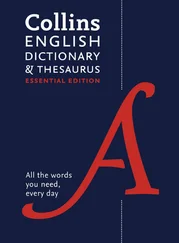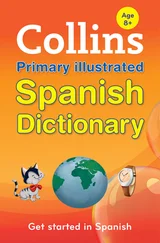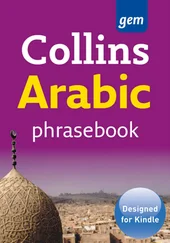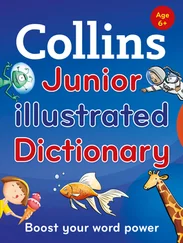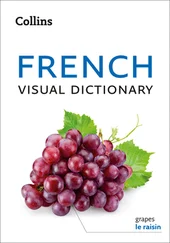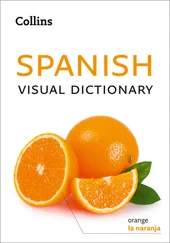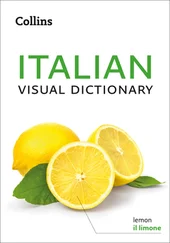Word-processed letters, in other words, demonstrate the fact that the person who sent them is a professional.
Once again, think about the kind of impression you are trying to convey. Do you wish to be seen as a formal or a casual correspondent, and should the tone of your letter be friendly, brusque or merely factual? Once you have decided whether your letter is personal, business or other correspondence, you can choose which material is best suited to convey your desired tone.
Ask yourself:
• what are you trying to achieve by writing?
• do you like the recipient?
• is that a relevant question?
If the answer to the last question is ‘no’, then you should definitely be word-processing.
HEADED OR UNHEADED?The letters that you send are an expression of your personality. They signify to the world outside how you would like to be seen and they do this before you have even reached the end of your first sentence. The wrong stationery may, therefore, create entirely the wrong impression before the contents of your letter have even been considered. Given this factor, it’s probably a good idea to make the correct stationery selection at the very beginning of the process. You’re just giving yourself all the advantages you can.
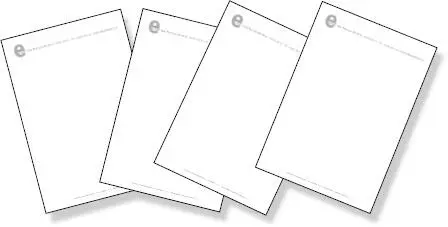
ILLUSTRATION 1 Headed paper can be kept simple and needn’t be expensive
Historically, it was considered correct to have headed paper for business correspondence and plain paper for personal. Things have moved on. Nowadays it is imperative to have headed paper for business letters and unusual not to have it for personal correspondence. Headed paper makes life easier for the recipient. If he or she feels the urge to reply straight away then he or she won’t have to go digging around in old files and address books in order to get the required information. The necessary information, by the way, includes an accurate postcode as well as a telephone number (with full area code) and, if possible, an email address. It is not really necessary, and possibly inelegant, to include your name, as this will be at the bottom of your letter in any event.
 The right kind of stationery, especially headed paper, can make all the difference.
The right kind of stationery, especially headed paper, can make all the difference.
It may also be considered slightly suspect to write a personal letter on unheaded paper. If you have the recipient’s correct address and you must do, since you are writing to them, then why shouldn’t they have all your particulars? Mutuality breeds trust.
Unheaded paper may be suitable for friends whom you know well. It may also be suitable for covering letters accompanying other materials or for very brief notes to almost anyone, but, generally speaking, when in doubt, and if at all possible, stick to headed. It looks more attractive.
Headed paper, though, doesn’t necessarily have to be fancy embossed stationery ordered from an upmarket stationery firm. For simple business correspondence, and certainly for friends, it is perfectly acceptable simply to print your headed paper at home on your own printer. However, professionally printed paper, unless you have all the latest technology, is normally smarter. In this particular case, it seems, you pay for what you get. Appearance may not make any difference to the end result of your correspondence, but, on the other hand, it may. Again, it’s best to use all the advantages you can.
Keep the design simple and the print bold and make sure that the words are large enough to read easily.
Use the best-quality paper that you feel you can afford. Bond paper is paper that will not tear or crease easily. It is specially designed for letter writing and is recommended for all business, and social, communications. As a general rule, thick paper is good paper and 100g is an adequate weight to choose.
 Try not to use flimsy paper unless you are writing a letter to be posted to or from abroad.
Try not to use flimsy paper unless you are writing a letter to be posted to or from abroad.
Bank paper is a thin paper that is generally used for file copies. It is not recommended for the actual letter that you intend to post. You should try to avoid using any flimsy or particularly thin paper: it’s quite difficult to handle and it looks a bit cheapskate. The recipient may be worried that it might tear. It is also, quite often, difficult to thread banktype paper successfully through a printer since the pages may cause the machine to jam as they go through.
If you are abroad, however, and writing to friends at home, then it would make sense to use thin paper, or even airmail paper, since this will cost less to post.
If you care about the environment, you may wish to use recycled stationery. This might be considered slightly startling in some business circles but certainly shouldn’t be. Recycled stationery is becoming more and more common and is easily purchased in most decent stationery shops.
Paper these days comes in a variety of standardised sizes – all of which are referred to as ‘A’ sizes. From both the manufacturer’s and the customer’s point of view, this is handy, since everyone knows what everyone else is talking about, and it is easy to calculate since each A size is exactly half the area of the previous one, in a descending scale from A0 to A7. An A2 sheet folded in half will, therefore, produce two A3 sheets. One A3 sheet will produce two A4 sheets and so on.
The most frequently used sizes, these days, are A3, A4 and A5, and most professional correspondence will be on A4 paper since filing systems are organised specifically around this size. Most shop-purchased single-sheet writing paper comes in standard A4 size, largely because of this factor.
A3It would be very unusual to write a letter on A3 paper. It would be almost impossible to fold out and read, let alone stuff into an envelope. It is more generally suitable for writing with accompanying drawings, page layouts and large spreadsheets.
A4This is the standard size for letters. You can expect any regular business letter that you might send or receive to be printed on A4 paper. It creates a businesslike, clean look and is extremely handy to print out since it will fit perfectly into your printer hopper without having to make possibly complex adjustments. It is what people expect both for themselves and for their filing systems. Business correspondence should be typed on one side only, using continuation sheets for the second and subsequent pages.
A5This notelet size tends to arise more frequently in card than in flexible paper format. It might be suitable for a very brief note or if your business letter is very short and will cause a sheet of A4 paper to appear slightly bald. If this might be the case, consider investing in some A5 paper which has a distinctive, old-fashioned appearance and may be more appropriate.
It is simply a matter of common sense that you should use a colour of paper which is appropriate for the occasion. Canary yellow is unlikely to be correct for a letter of bereavement while pink for a CV might be jolly but is unlikely to get you the job. A single colour is almost always preferable and certainly more elegant than sheets of paper covered with spots and stars. White paper will merely define you as ‘standard’ and this could be a good thing. Cream is slightly more sophisticated but, possibly, too delicate for a bold business letter demanding attention. Cream suggests an extra layer of refinement and sophistication. Is this the impression you are trying to convey?
Читать дальше
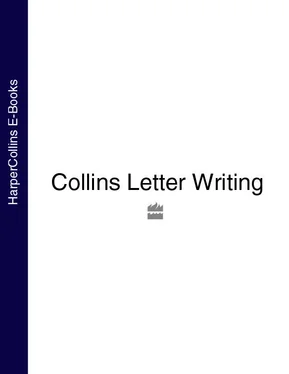

 The right kind of stationery, especially headed paper, can make all the difference.
The right kind of stationery, especially headed paper, can make all the difference.